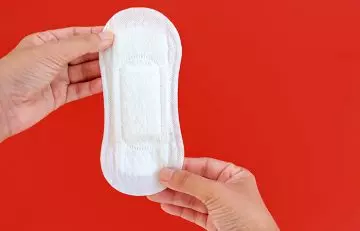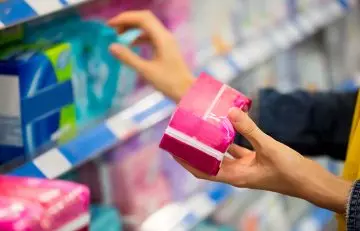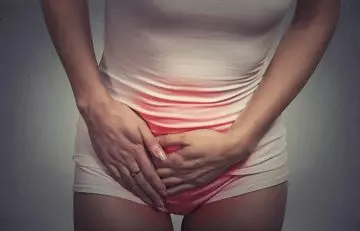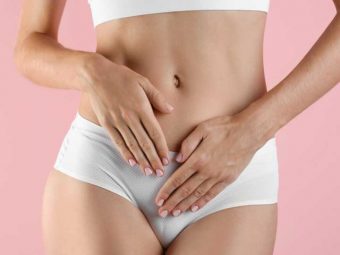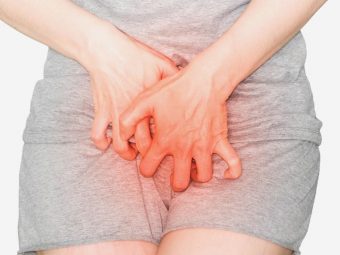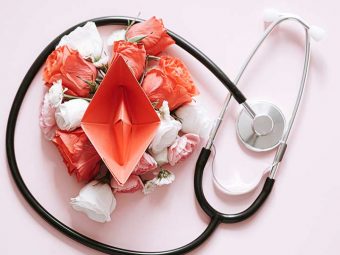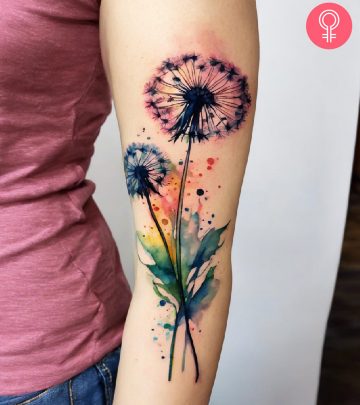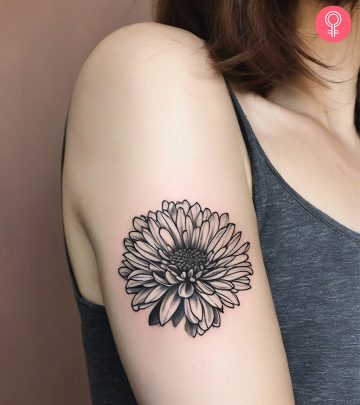Sanitary Pads: 5 Reasons Why Sanitary Napkins Are Dangerous
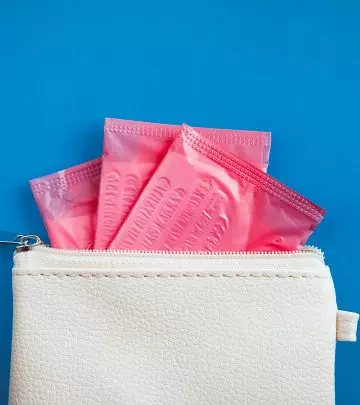
Image: Shutterstock
With time, we’re slowly realizing the importance of a healthy lifestyle. Following diets and hitting the gym has become more like an obsession than a necessity today. When we do so much for the wellbeing of our body and mind, why do we overlook our reproductive health? Even if you feel that you’re taking absolutely perfect care of your intimate parts, you may be wrong. A perfect example of this is the use of sanitary pads. You may have started using sanitary pads since the time you got your first periods and most of the people around you are still using them without any problem. However, it’s time to pop the bubble — sanitary pads are dangerous!
You might have not heard anyone complain about having an issue with sanitary napkins, but that doesn’t rule out the fact that they are unhealthy. Being a woman, it’s your responsibility to choose the best when it comes to reproductive health. Prevention is any day better than cure, isn’t it? May 28th is considered as Menstrual Hygiene Day throughout the world and on this day, we’re urging you to spread awareness about how unsafe sanitary pads are. Read on to know why.
1. Harmful Chemicals
Your skin is a highly permeable part of your body and it absorbs a lot of compounds that come in contact with it. The skin, especially in the vaginal area is highly vascular and can get affected by the chemicals it comes in contact with to a higher extent. Needless to say, a regular sanitary pad or tampon is filled with chemicals that are harmful to our body. For example, the plastic content in sanitary pads releases fumes that can cause allergies and irritation to the vaginal skin (1).
2. The Dioxin Content
Most sanitary napkins look clean and white. Well, this clean white appearance of sanitary pads and tampons comes at a price. The fibers of these products are bleached using Chlorine in order to make it pure white and this can be very dangerous. Chlorine results in the formation of the toxic dioxin and some other disinfection-by-products (DBPs) like trihalomethane. Dioxin gets accumulated in your fatty tissues and is linked with a plethora of problems like unusual growth of tissue in the abdomen and reproductive areas, and unusual cell growth throughout the body. Dioxin can also suppress the immune system and disrupt the hormonal balance (2).
3. Infections, If The Pad Is Not Changed On Time
It’s very important to change your sanitary pad within a maximum period of 6 hours (applicable for tampons as well). This is unavoidable even if the flow is less or if you don’t have any flow at all. Failing to do so can cause serious vaginal infections due to bacterial build up. In case the flow is heavier, you should change more frequently. During your periods, change your pad right before you go to bed and as soon as you wake up in the morning even if it isn’t fully filled (3).
4. Pad Rashes
Sanitary pads can cause rashes in your lady parts that can spread to the thighs and anal area. Commonly known as pad rashes, they look like tiny reddish bumps on your skin and can be compared to a diaper rash. This often happens due to the dampness and heat that accumulates between your skin and the pad. Such an environment becomes a good opportunity for microorganisms to grow and cause rashes. Rashes can also happen due to friction if the sanitary pad isn’t a soft one (4).
Pad rashes can be treated with home remedies like ice, olive oil, coconut oil, and yogurt. If the rashes are bad and the itchiness is uncontrollable, you may want to see a doctor. These are just short term solutions for the problem. If you want to avoid such situations, you will have to say goodbye to sanitary pads forever and adopt healthier options.
5. Harmful For The Environment
You may feel what harm can a few pads with plastic content make to the environment. According to a survey, in India, about 113,000 tonnes of menstrual waste is being produced every year. Does this look like a small number to you? These pads are either burned or dumped in landfills which causes a lot more harm to our environment than you can ever imagine (5).
If there are other healthier and more environment-friendly options, why would you ever stick to sanitary pads? Washable cloth pads and menstrual cups are not common but are much better options when compared to the conventional pads. Organic and environment-friendly sanitary pads are available if you cannot do without disposable sanitary pads. What do you feel about switching to something better? Let us know in the comments section below.


